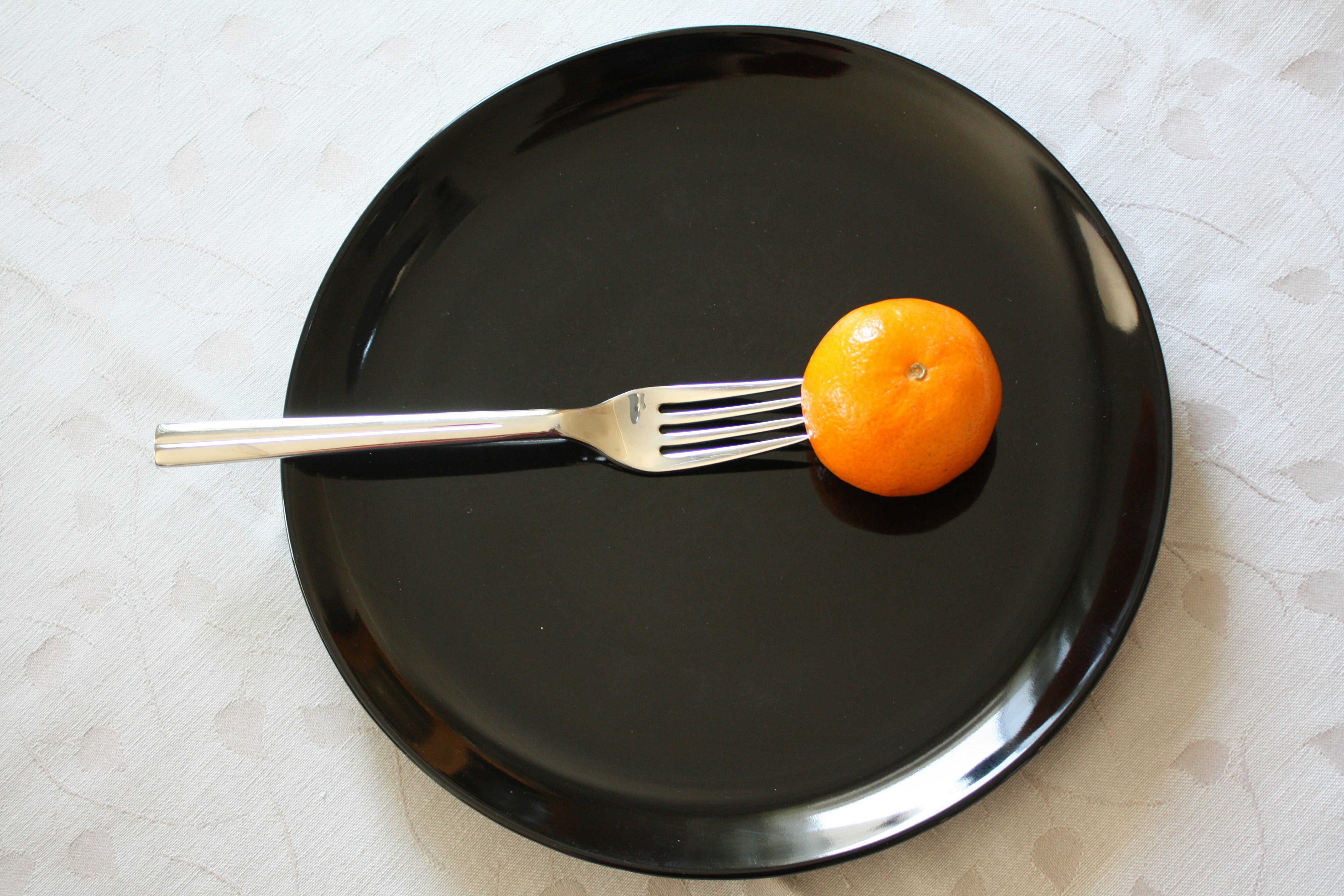Have you ever thought about how the way you structure your day could influence your health, particularly when following a low-oxalate diet? With so much information out there, it can be overwhelming to figure out how to balance your meals, hydration, and daily activities. Let’s take a closer look at how to set up your day so that you can thrive on a low-oxalate diet.
Understanding Oxalates
Oxalates are compounds found in many foods. For some people, especially those with a history of kidney stones, consuming high-oxalate foods can lead to health issues. By learning how to manage your intake, you can avoid discomfort and promote better overall health.
What Foods Are High in Oxalates?
Before you can successfully plan your day, it’s vital to understand which foods to limit or avoid. Some common high-oxalate foods include:
| Food Type | Examples |
|---|---|
| Vegetables | Spinach, beets, Swiss chard |
| Fruits | Rhubarb, blackberries, kiwi |
| Nuts and Seeds | Almonds, cashews, sesame seeds |
| Grains | Wheat bran, bulgur, quinoa |
| Legumes | Soybeans, dried peas, lentils |
Focusing on low-oxalate foods can keep you healthy and help your body feel its best.
Why Structure Matters
Structuring your day around your nutritional needs helps not just in dietary management but also ensures you remain energized and focused. A well-planned day creates a rhythm that aligns with your body’s needs for nutrients and hydration, especially when you’re paying close attention to oxalate levels.
Morning: A Fresh Start
How you begin your day sets the stage for how you feel throughout it. Mornings filled with energy and focus can be achieved through intentional choices.
Breakfast Choices
Breakfast is often referred to as the most important meal of the day, and for a good reason. Opting for low-oxalate foods can keep you on track. Here are some great choices:
- Scrambled eggs: A versatile and satisfying option. Add vegetables like bell peppers or mushrooms for some added flavor without high oxalates.
- Oatmeal: Use rolled oats or steel-cut oats, and pair with low-oxalate fruits like blueberries for sweetness.
By choosing your breakfast wisely, you give your body the nutrients it needs to kickstart the day.
Hydration in the Morning
Don’t forget the importance of hydration! Starting your day with a tall glass of water or some herbal tea helps maintain your hydration levels. Avoid beverages like spinach smoothies or almond milk, as they tend to be higher in oxalates.
Midday: Keeping Energy Levels Up
After a productive morning, it’s important to keep that momentum going. Your lunch should be satisfying and fuel your productivity.
Lunch Options
When choosing your lunch, you want a balance of proteins, healthy fats, and carbohydrates. Here are some ideas:
- Chicken salad: Use grilled chicken breast atop a bed of romaine lettuce or baby kale, adding cucumbers and carrots for crunch.
- Rice and vegetables: Brown rice is typically low in oxalates. Pair it with low-oxalate vegetables like zucchini and bell peppers.
Snacking Wisely
Smart snack choices can keep your energy levels up and prevent any blood sugar dips.
| Snack Options | Description |
|---|---|
| Carrot sticks | Paired with hummus (ensure it’s low-oxalate) |
| Low-oxalate granola bars | Check the ingredients for nut content |
| Fresh fruits | Opt for pears or peaches |
Remember to listen to your body. If you find you’re hungry between meals, it’s okay to reach for something nourishing.
Afternoon: Recharging for Success
By afternoon, you might notice your energy start to wane. It’s essential to recharge both your body and mind.
Hydration Reminder
Keep a water bottle nearby as a reminder to stay hydrated. Consider infusing your water with slices of lemon or cucumber for a refreshing twist. Just make sure not to indulge in any high-oxalate additives.
Light Afternoon Meal
If you’re feeling peckish, a light meal can be beneficial.
- Soup: A broth-based soup can be comforting and fill you up. Ensure the ingredients are low-oxalate, such as carrots and potatoes.
- Turkey roll-ups: Roll turkey slices around low-oxalate cheese and some cucumber slices for a protein-rich snack.
Mindfulness Breaks
Taking short breaks for mindfulness can recharge your mental focus. Whether it’s a brief walk, some light stretching, or even a few minutes of meditation, it can profoundly impact your day.
Evening: Nourishing Your Body
As your day winds down, dinner becomes a key component of your low-oxalate routine.
Dinner Planning
For your evening meal, creating a well-rounded plate is essential.
- Grilled fish: Options like salmon or tilapia are nutritious and low in oxalates. Pair with a side of steamed asparagus or carrots.
- Quinoa bowl: Quinoa is lower than some grains, and you can top it with a variety of vegetables and lean proteins.
Time for Relaxation
After dinner, make sure to unwind. Engaging in activities you enjoy, like reading or stretching, can enhance your overall well-being. Allow your body time to assimilate the nutrients you’ve consumed.
Preparing for Tomorrow
Structuring your day doesn’t just end with dinner. Taking a few moments to prepare for the next day can reduce stress and improve your overall experience.
Meal Prepping
Consider dedicating some time weekly to prepare meals. Chop vegetables, prepare proteins, and store them for quick assembly during busy days.
| Preparation Tips | Benefits |
|---|---|
| Batch cooking | Saves time and makes healthy eating easier |
| Pre-portioned snacks | Reduces temptation with healthier options |
| Organized pantry | Easy access to low-oxalate foods |
The Role of Support
When on a low-oxalate diet, having a support network can be instrumental to your success. Sharing your goals with friends and family can help keep you accountable and provide encouragement along the way.
Conclusion: The Path to Low-Oxalate Success
Having a structured day can significantly benefit your journey on a low-oxalate diet. From your breakfast choices to your evening relaxation techniques, every aspect contributes to your overall health and well-being. Stay informed, listen to your body, and keep your daily structure flexible enough to accommodate changes.
Remember, it’s a journey. Progress may sometimes seem slow, but with intention and care, you’ll find frequency in low-oxalate success. Enjoy the process, nurture your body, and celebrate your healthy habits as you move forward.





